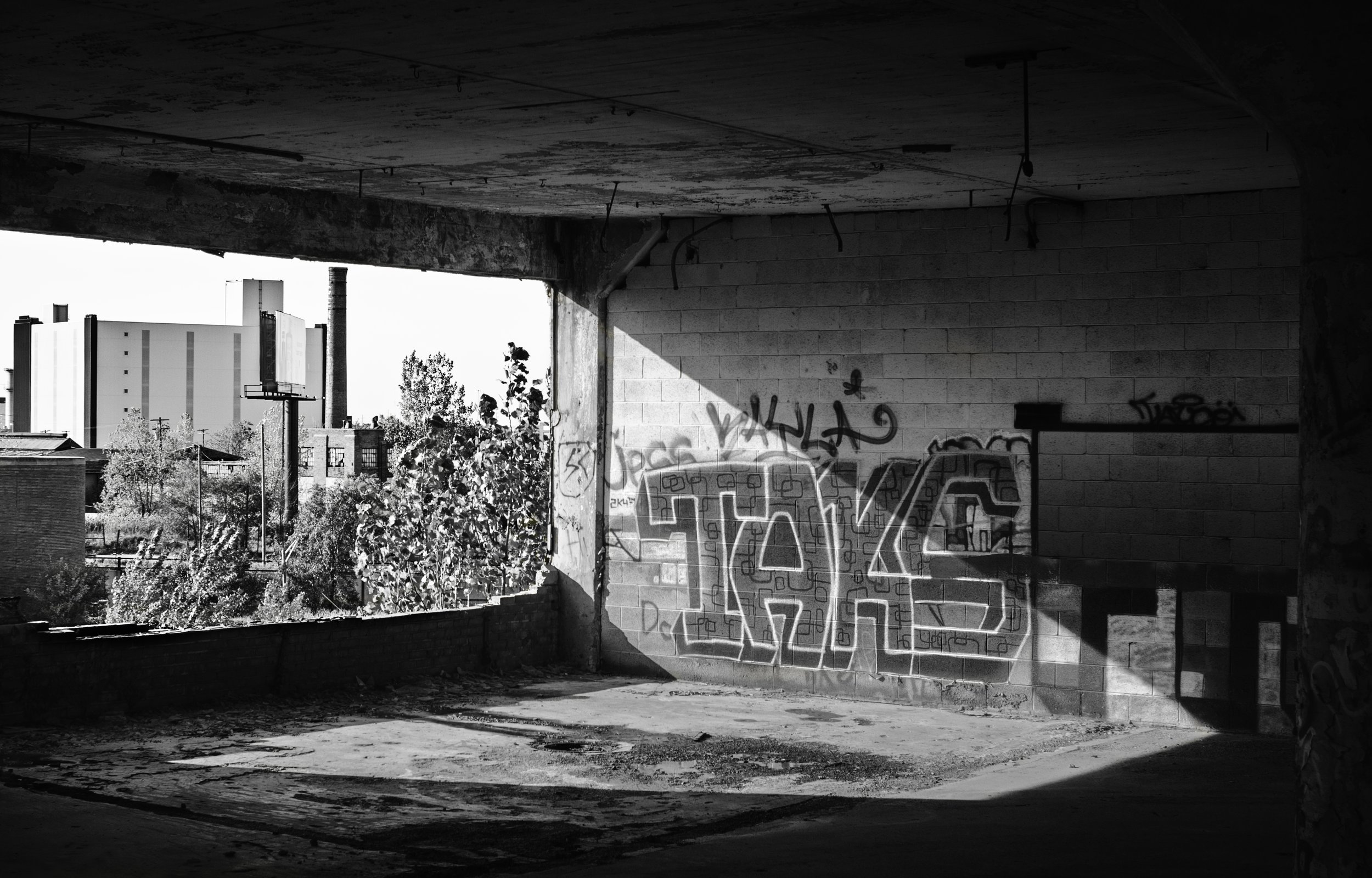motown
The Shining City on the Hill
I-75 North
Edmund Place
Michigan Central Railway Station
Urban farm
Eastern Farmers' Market
Precarious Balance
Our Lady of the Rosary
Faith
St. Josapath, from the valley of tears
Dualism
Classical Forms
Almost identical twins
Passing by
The light at the end of the tunnel
Cemeteries
Motor Town
Post-industrial Park?
Window Onto a New Factory
Old TV set, the Packard Plant
Roof of the Packard Plant
Ghost, Boblo Terminal
Conversation
FIsher Body Plant 21
Betting on the Future
Promise
Corporate Future Past
The End of the Tracks
Neighborly Relations
I drove for several years through Detroit’s neighbourhoods, got out of my car (except when it was really cold, which forced me to set up my tripod
on the street, lower the window, and use a remote control to take an image!), and tried to understand the city’s spirit of place, which, I decided, lay in
its endless horizontality, the vast expanse of reclaimed “prairies”, abandoned neighborhoods, which stretch for miles, and collapsing giant factories,
human-made dinosaurs, often makeshift dwellings for homeless people, interrupted only by soaring churches and downtown skyscrapers, visible
from so many points of the urban setting. But downtown is a remote presence, a distant “shining city on the hill” with its elusive promise of excess,
wealth and glory.
My journey is also a journey of encounters with local residents. We shared the empty streets, the lack of companions, the pleasure in
communicating with another human being. One day I will record in writing the surreal conversations I had with those who lived through Detroit’s
growth, decay and (partial) rebirth. Only if you are a surrealist can you have survived so many decades of desertion. I loved them all.
Motown (Detroit’s nickname, taken from the Motown popular music label) thus became a black and white modernist project, my view and
experience of Detroit as a flaneur and a flaneuse, the city stroller which is inseparable, for us, from the modern city.




























